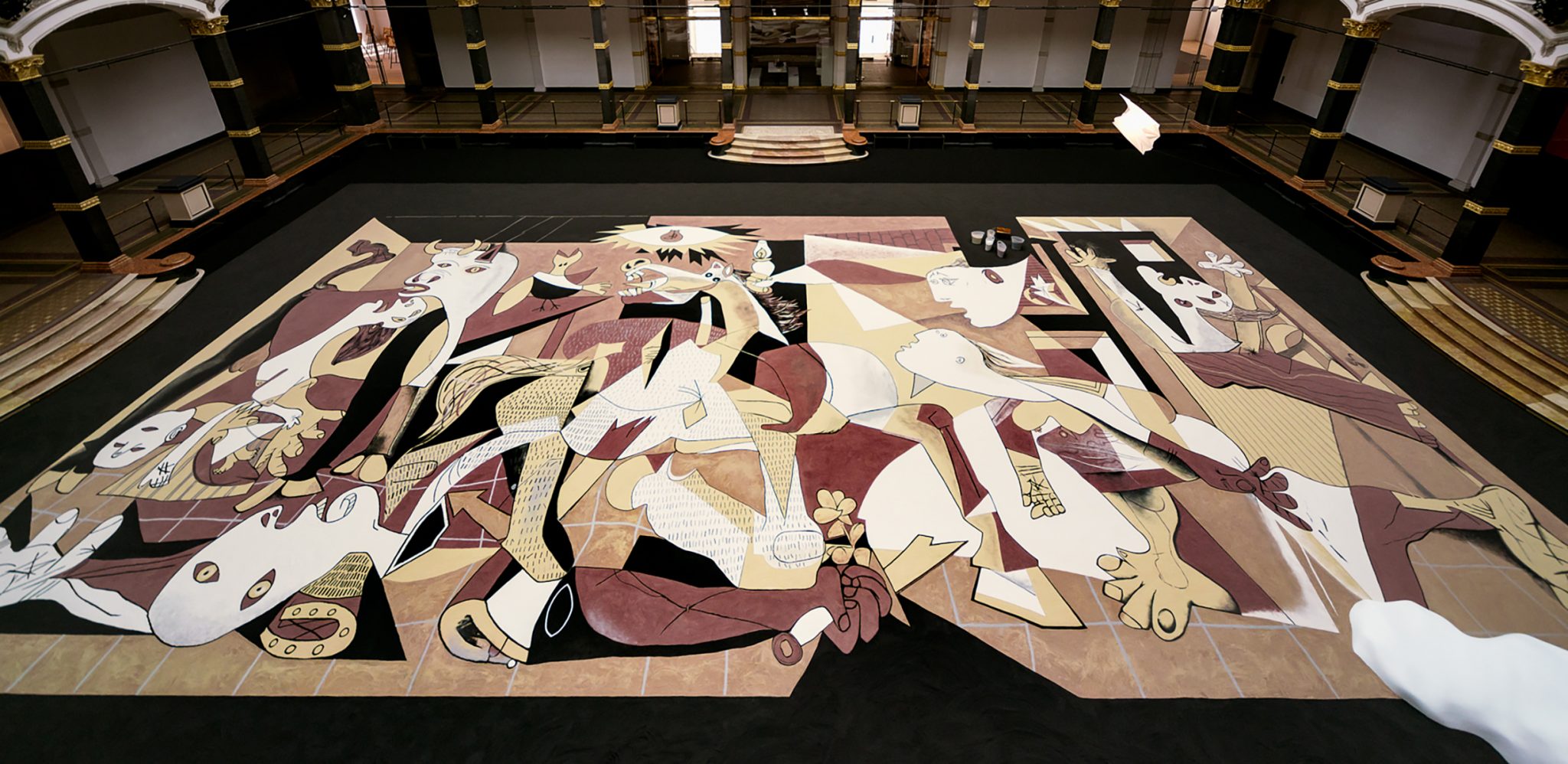The Berlin artworld is tentatively reopening. But what happens to exhibitions that are premised on intimate interaction?
Some parts of Berlin appear to be as they once were, but only on the surface. For the past week, Berliners can again dine in restaurants, but with social distancing and bottles of disinfectant on hand. Masks are compulsory on public transport and in shops. And in the artworld, galleries and museums began tentatively reopening from 4 May – beginning the slow process of working out how to function in the age of COVID-19.
On a visit this week to Gropius Bau to see a survey of the Berlin-based Nigerian photographer Akinbode Akinbiyi and a long-awaited exhibition by Taiwan-born artist Lee Mingwei, the most noticeable difference to pre-COVID-19 times was a quite un-German friendliness. I was greeted by a masked guard who looked thrilled to see me. She glanced at my pre-booked ticket with a half-hour time slot for entry, and politely led me to a hand-sanitizer dispenser near the door. On the floor, yellow arrows indicated a path into the main space. The museum shop and restaurant were open, both hosting a few customers.
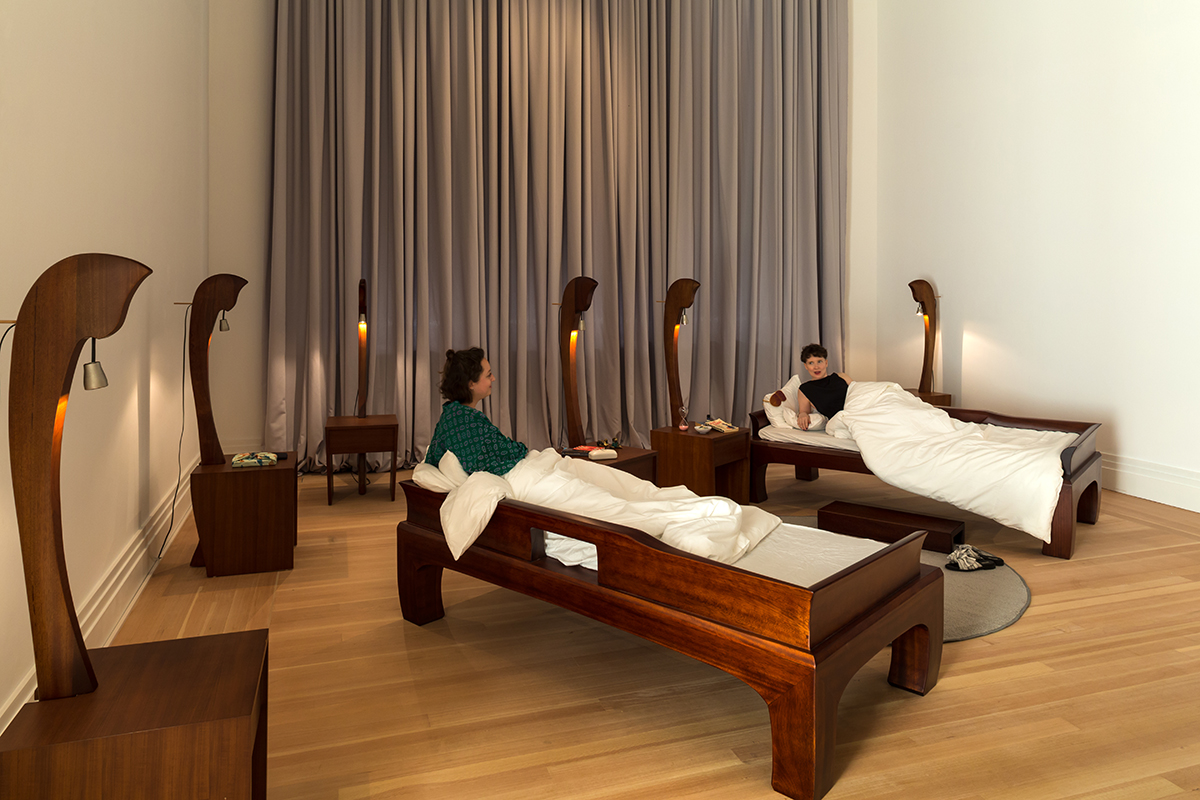
Lee’s new exhibition 禮 Li, Gifts and Rituals encompasses the museum’s ground floor with a series of works about intimacy and everyday life’s moments of contemplation. In The Mending Project (2009), visitors chat with an onsite seamstress (now behind a sheet of Plexiglas); in another, Our Labyrinth (2006), a dancer sweeps circular forms in scattered rice grains as if painting. In the central atrium is Guernica in Sand (2006/2020), a vast rendering of Picasso’s Guernica (1937) in earth tones. The show is tender, soothing, and indeed a gift: just what I needed without knowing, or admitting, that I needed it.
‘After weeks of discussion and waiting for decisions, we knew we should reopen as soon as we were allowed to,’ says Stephanie Rosenthal, director of Gropius Bau, explaining that Berlin’s museums had to wait for the governmental green-light but were also busy with working out just how best to guide both staff and visitors (other local institutions, like Kunst-Werke, reopen on 30 May, or even later.) ‘Part of this was simply because of the qualities of Lee’s work – it if had been a bright, loud exhibition, opening would have made less sense,’ Rosenthal tells me. Allowing as long a run as possible seemed fitting for a show that, by happy coincidence, resonates with our renewed desire for human connection.
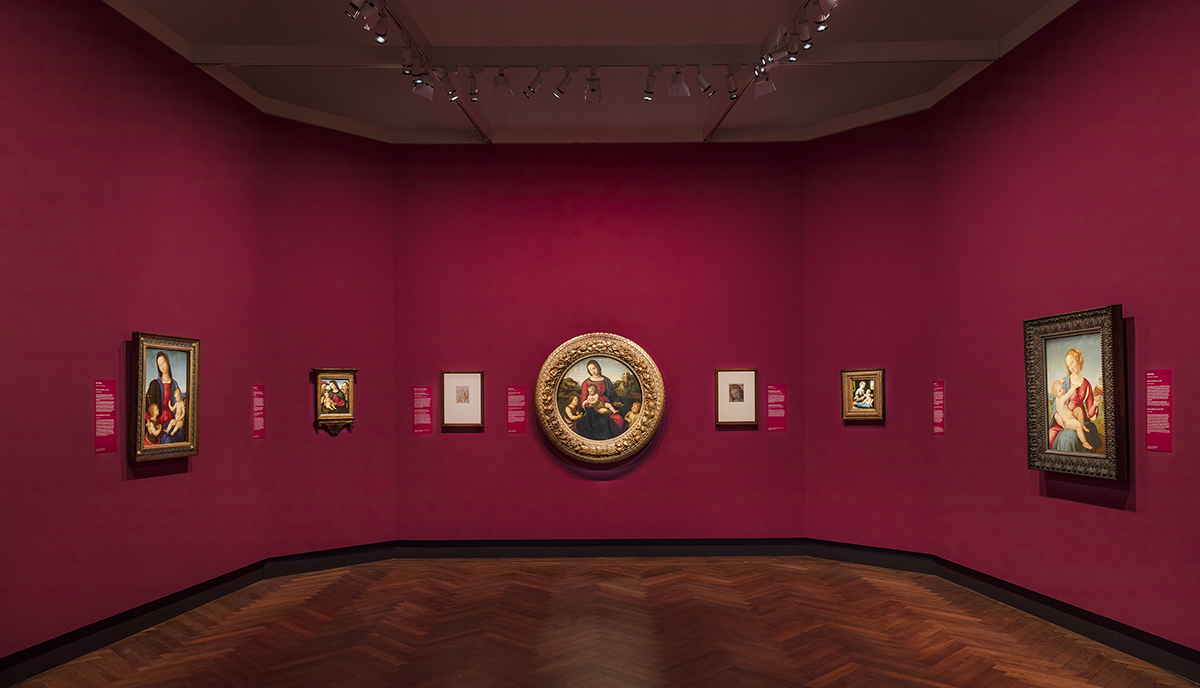
Here and in the other Berlin museums I visited this week – the Gemäldegalerie currently spotlighting Raphael’s Madonnas; and the Berlinische Galerie, where the several exhibitions on view include Bettina Pousttchi’s photographic and sculptural musings on time and space – I luxuriated in the absence of tourists and guided groups, and again enjoyed an uncharacteristically warm reception from staffers.
For brief moments I utterly forgot about the new restrictions. The new rules now mandate that museum-goers maintain a 1.5-metre distance (easier in some institutions than others, hence time restrictions to eliminate queues or bottlenecks). Guards and employees, but not always visitors, must wear masks. At Gropius Bau only one person may occupy a viewing bench: such issues are less a problem at the Gemäldegalerie, where benches are metres-long and guards greatly outnumber viewers, or the Berlinische Galerie, whose video-art room offers spacious stadium-style seating. When I was there, I had it to myself. ‘The tourists aren’t here, and some Berliners are still nervous about coming out,’ said the coat-check attendant at Berlinische Galerie when I asked about visitor numbers.
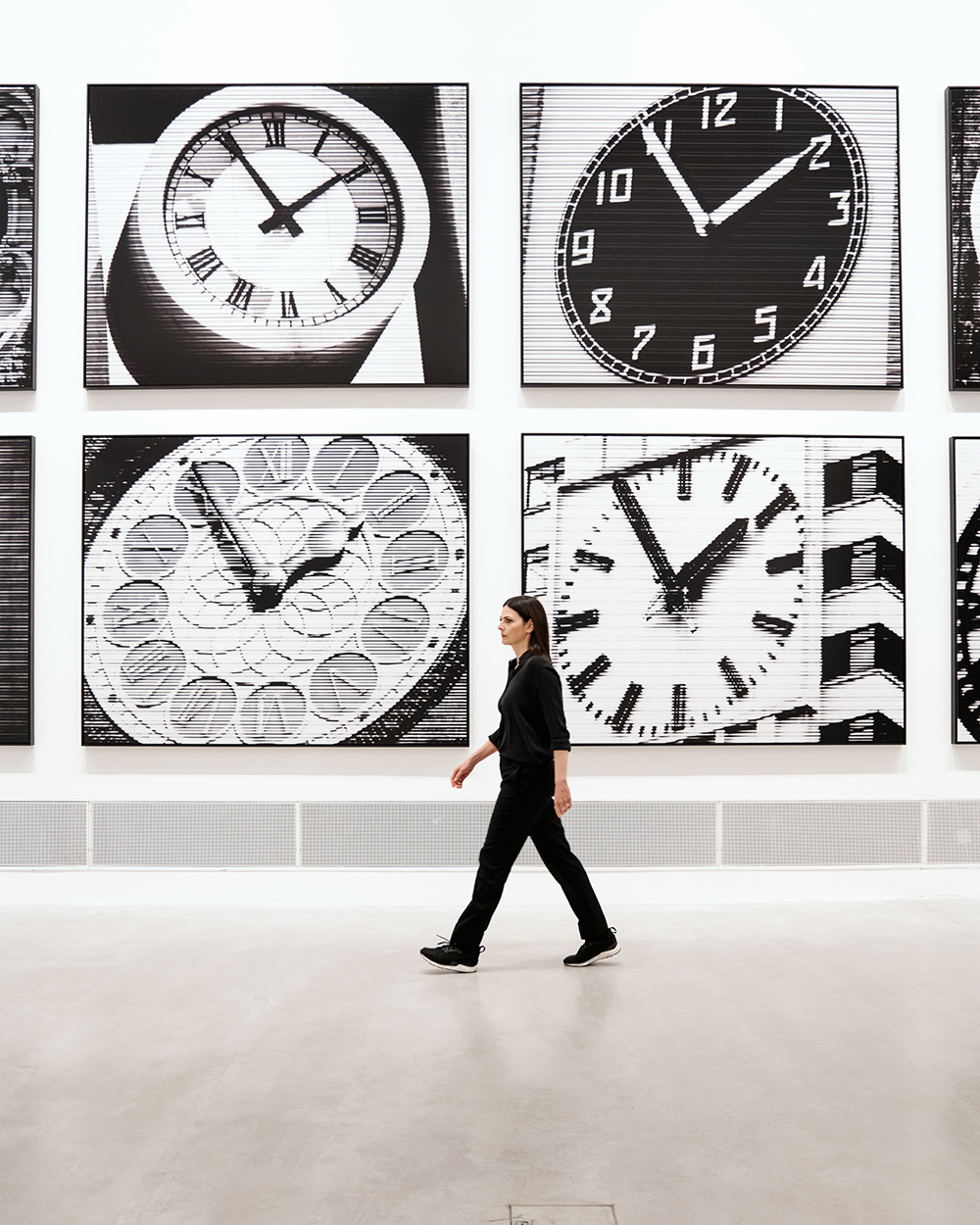
Bettina Pousttchi, In Recent Years, Berlinische Galerie, installation view, Photograph: © Alexander Kilian; courtesy: Berlinische Galerie
Rosenthal told me that a systematic analysis of the Gropius Bau’s building took place, and that the first days after the museum reopened on 11 May were ones of observation and testing strategies (a bit like my daughter’s school, which reopened last week with three-hour instruction time slots and social-distance circles painted on the schoolyard). ‘We could have allowed more people in at first, but we were cautious, also for our employees and guards,’ she says. ‘The worst thing for the show would have been the presence of any anxiety.’
While Berlinische Galerie reopened with existing shows of mostly two-dimensional works, and the Gemäldegalerie is a tour through art history of works that by-and-large occupy similar dimensions, how, in the case of Lee’s exhibition, does a museum recast an exhibition that’s prefaced on intimate interaction, durational performance, and participation? Some pieces are impossible in their original form (The Dining Project, 1998, a piece in which the artist cooks for and dines with a guest, now takes place as a tea date via Zoom: Lee is in New York, having caught a late flight home as the world locked down). Others are only slightly modified.
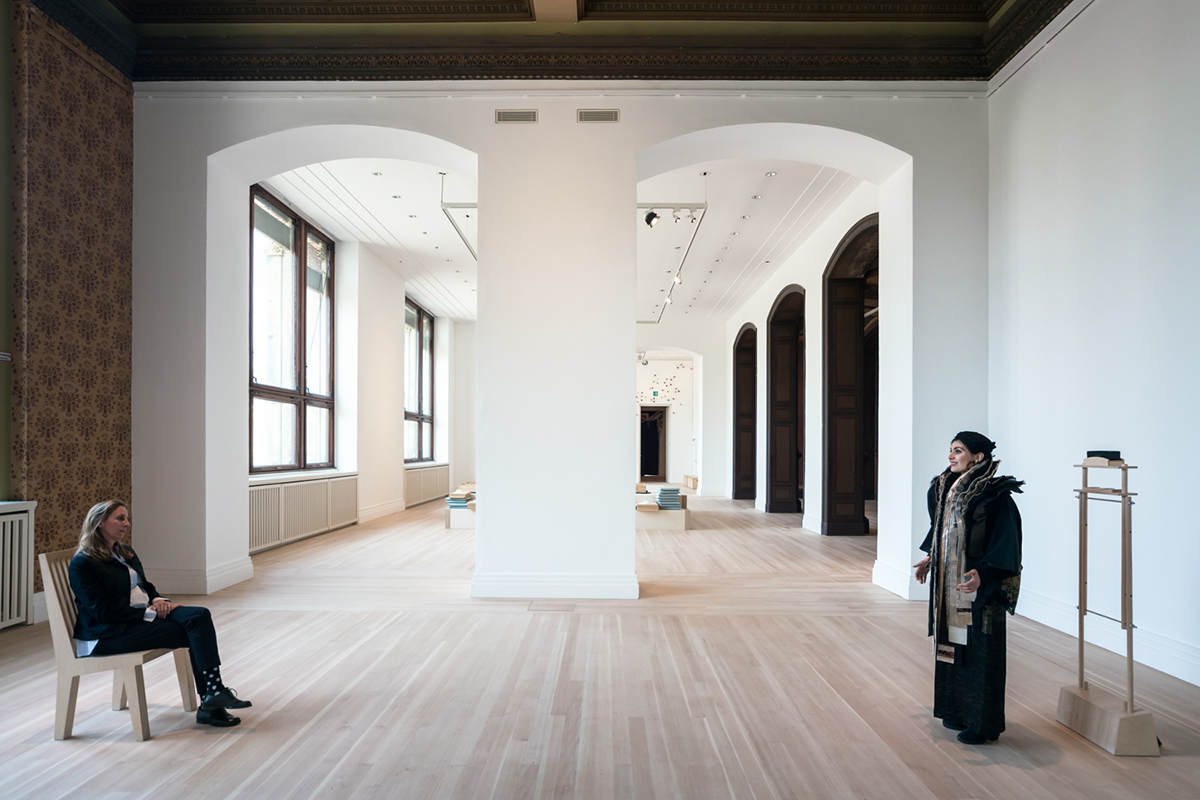
As I walked through the exhibition, I heard the strains of Schubert’s haunting Du Bist die Ruh (1823) and realized the singing was live. I saw a masked museum employee slowly roll a portable Plexiglas sheet in front of the performing tenor, to protect both him and us. The piece, Sonic Blossom (2013), in which a singer ‘gifts’ a Schubert Lied to a museumgoer, is now running virtually as Invitation for Dawn (2020). Those who’d like to be serenaded onscreen can arrange a song via email.
In part because of Berlin’s adept coping with the virus, its museums might be seen as canaries in a coal mine, as institutions around the world seek to reopen more ambitious, multimedia exhibitions in the near future. Reduced attendance numbers could, of course, seriously impact many of the city’s museums. Gropius Bau’s early reopening days saw around 200 visitors as opposed to around 1,000 pre-COVID-19; the museum is partly state-funded, but ticket sales are important for generating revenue.

But as a viewer, I appreciate the deceleration, intimacy, and space to breathe that this new normal offers, even if that breathing is through a mask. I deeply value the privilege of being able to revisit my personal sacred space, the museum; one that I hope lasts. And there’s also the oddly comforting sense that Berlin’s art scene has suddenly become local, improvisational, and more collaborative again, like it was in the late 1990s and early 2000s. Along with ‘care,’ ‘climate,’ and other terms of engagement, perhaps it’s time for ‘protection’ to enter the artworld lexicon.
